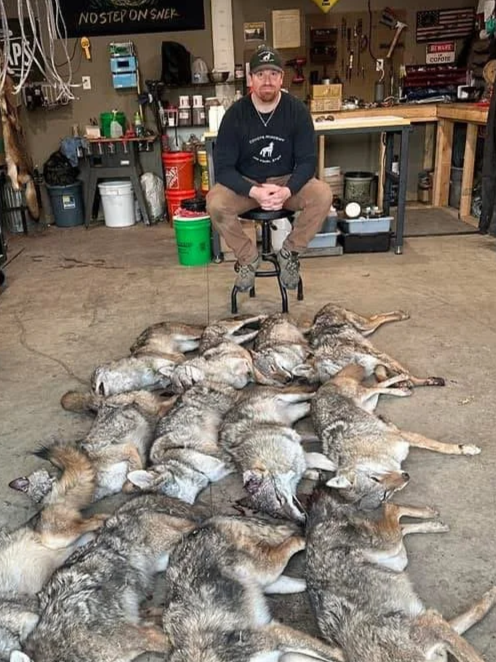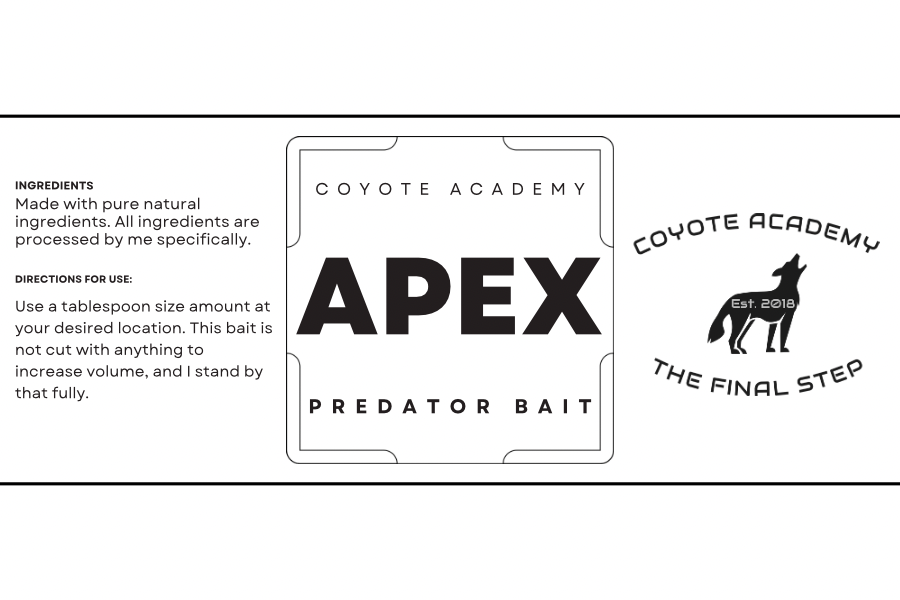News: Fur (Renewable Resource)
Trapping has been a significant aspect of American culture since the early days of European colonization and settlement. In the beginning, trapping was a means of survival for early settlers, as they relied on the fur trade to support themselves and their families. Trappers would venture into the wilderness to capture beavers, otters, and other animals for their pelts, which were highly valued in Europe for their warmth and luxury.
I can say that using the fur from coyotes and other fur-bearing animals can be a sustainable and appropriate means of clothing production. This is because fur is a renewable resource that can be harvested in a sustainable manner, allowing for the responsible use of wildlife populations. In contrast, many synthetic materials used in clothing production are derived from non-renewable resources, and their production and disposal can have significant environmental impacts.
Fur has been used for clothing and other purposes for thousands of years and is a natural, biodegradable material. When harvested sustainably, it does not harm wildlife populations, and the fur from animals that have been trapped for other reasons, such as for control purposes, can be utilized, reducing waste.
Additionally, the use of fur can align with the principles of "going green" in several ways. For example, it is a locally sourced and renewable resource that does not rely on petroleum-based synthetic materials. Furthermore, the production of fur clothing requires relatively little energy compared to synthetic materials, and it can be produced with low-waste processes, reducing environmental impact.
In conclusion, using the fur from coyotes and other fur-bearing animals can be an appropriate and sustainable means of clothing production when managed responsibly. The use of fur aligns with the principles of "going green" by promoting the use of renewable, locally sourced resources and reducing waste and energy usage in the production process.
Our mission as outdoorsmen and women is to promote the sustainable use of natural resources, protect wildlife habitats, and ensure ethical and responsible outdoor practices through collaboration and cooperation among trapping, hunting, and other outdoor pursuit organizations. We strive to educate and engage the public on the importance of preserving our natural heritage for future generations, while also supporting local communities and economies. Together, we should strive to work towards a shared vision of conservation, preservation, and responsible stewardship of our natural resources."







